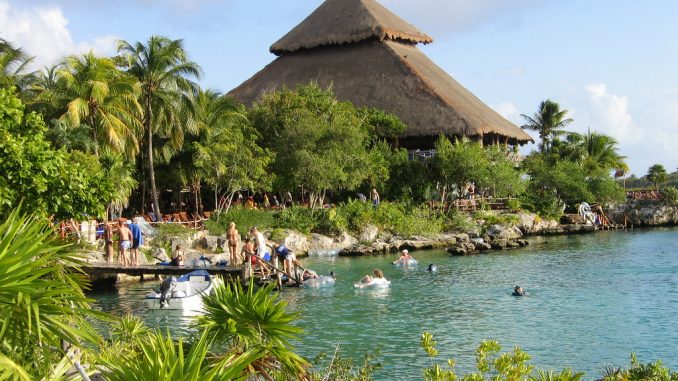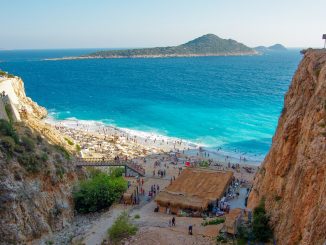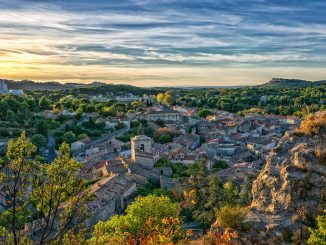
Thousands of tourists visit the popular Xel-Ha park in the east of Mexico‘s Yucatan Peninsula every year, but few are interested in the historic Mayan ruins of the area.
The park is a natural aquarium built about 10 years ago as a tourist attraction, located on the edge of the sea in a very exotic environment. The lake inside the park is one of the most beautiful dive spots on the peninsula, with very clear waters and multicolored fish of various types. Even today, after so many tourists have visited the place, the lagoon still has extremely clear and crystalline waters.
In the area, however, there is an attraction less visited by tourists coming to the water park, but of great historic importance. It is the ancient archaeological site Xel-Ha, whose name means “where water comes from” in Mayan language.
In ancient times Xel-Ha was one of the most important ports of the Mayan city of Coba among other ports such as Tulum and Tancah. Some of the ruins date back to the classical period of the Mayan civilizations, from the 3rd to the 6th centuries AD.
After being abandoned for centuries, a time during which it was taken back by mother nature, Xel-Ha was discovered by explorers Stephens and Catherwood in 1841. They described the trip on the peninsula in the famous book “Incidents of Travel in Yucatan.”
Since then, some of the ruins have been rebuilt but most of them are still under the massive vegetation of the forest.
Compared to other ancient sites on the peninsula, Xel-Ha is considered relatively small. It consists of only three sets of structures, so you can visit the entire place in about an hour. By accessing the site, you have the opportunity to go in two different directions. To the left, the main road leads to the Palace Group where you will find two archaeological buildings: the Mercado and the Palacio. Both temples date back to the classical classical era (1200-1500).
The road to Mercado goes further to the Bird Pyramid. This is the oldest building in Xel-Ha, dating from 300 to 600 AD. The reason why it still stands and is so well preserved is that it was covered by a new structure. As the exterior building was degrading, the old pyramid appeared on the surface, revealing the murals that have somehow remained in astonishing form up to the present day.
The Jaguar House is considered to be the best-preserved building on the entire Xel-Ha site, and archaeologists came to this conclusion by studying the fresco posing a jaguar on one of its walls. The building has two intact columns in front and the interior walls are painted. Although the paint is in a very good condition, the inside access has been forbidden in recent years to keep the frescoes intact. Fortunately, the paintings are visible from the outside through the net.
Also noteworthy are the amazing ancient Mayan roads linking the Jaguar House to Mercado. Archaeologists believe that the road had the role of linking Xel-Ha to the beach on one side and to Cuba on the other.
There is also an interesting fountain on the archaeological site, very close to the Jaguar House. Stop for a few minutes here and enjoy the beautiful green trees while listening to the birds sing!
How to access the Xel-Ha archaeological site:
The site is located just off Highway 307, which links Cancun and Tulum. Xel-Ha is 122 kilometers away from Cancun. When you see the sign for the Xel-Ha Park, look closely to the right and you will see another smaller sign that points to where you can buy tickets to the old Mayan city.



Be the first to comment